Plays
705
Summary
Noh (Nō), or Nogaku—derived from the Sino-Japanese word for «skill» or «talent»—is a major form of classical Japanese musical drama that has been performed since the 14th century. Developed by Kan'ami and his son Zeami, it is the oldest major theatre art still regularly performed today. Traditionally, a Noh program includes five Noh plays with comedic kyōgen plays in between, even though an abbreviated program of two Noh plays and one kyōgen piece has become common in Noh presentations today. An okina play may be presented in the very beginning, especially during New Year celebrations, holidays, and other special occasions. Noh is often based on tales from traditional literature with a supernatural being transformed into human form as a hero narrating a story. Noh integrates masks, costumes and various props in a dance-based performance, requiring highly trained actors and musicians. Emotions are primarily conveyed by stylized conventional gestures while the iconic masks represent the roles such as ghosts, women, children, and old people. Written in ancient Japanese, the text «vividly describes the ordinary people of the twelfth to sixteenth centuries.» These translations are done by renowned scholar Arthur Waley, a remarkable self-taught master of both Chinese and Japanese, who is often regarded as the most important transmitter of East Asian culture to the West in history. — Summary by Wikipedia (edited by Expatriate)
Authorization
By logging in, you agree to the terms and conditions.
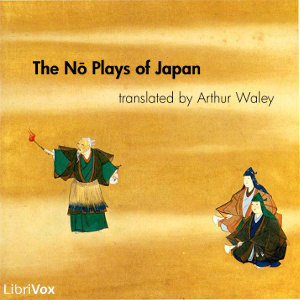
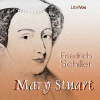


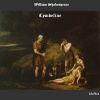
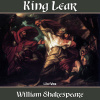




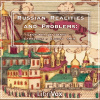
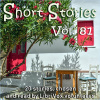
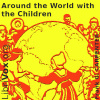
No comments